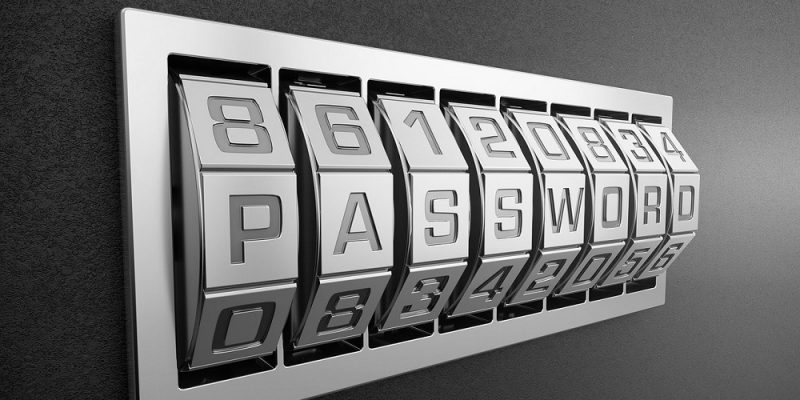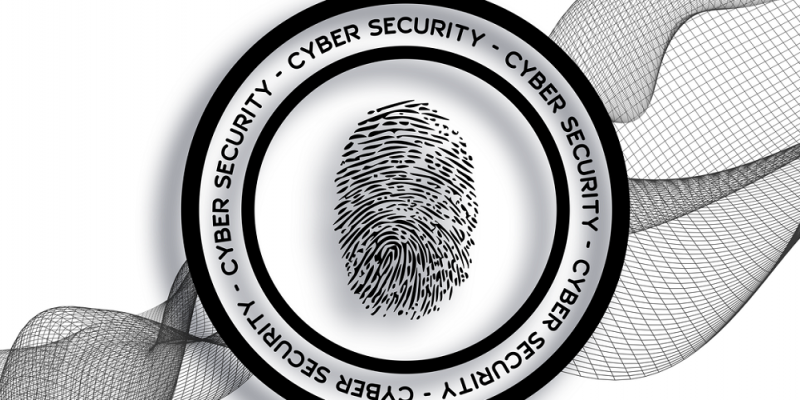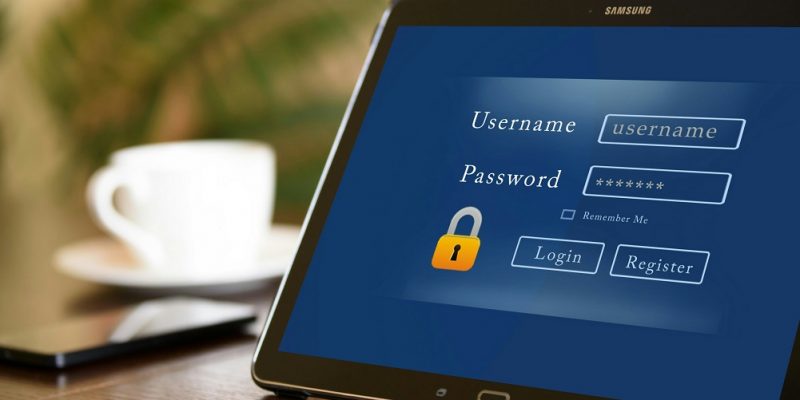 Users still engaging in risky password, authentication practices
Users still engaging in risky password, authentication practices
IT security practitioners are aware of good habits when it comes to strong authentication and password management, yet often fail to implement them due to poor usability or inconvenience, according to Yubico and Ponemon Institute. The conclusion is that IT security practitioners and individuals are both engaging in risky password and authentication practices, yet expectation…









